Hawker Typhoon Mk 1 RAF
Production Time 9 to 10 weeks
Shipment is by FedEx, UPS or DHL International Express Courier with a normal door-to-door delivery time worldwide of within 2-3 business days after dispatch. Due to the current volatility of world fuel prices, the amount mentioned here is our best estimate for DHL and UPS and may be subject to change at the time of shipping.

Model Description: Hawker Typhoon Mk 1 RAF Wood Replica Scale Custom Model Aircraft
Manufacturer: Hawker
Wingspan: 17.1 Inches (43.4 Centimeters)
Height: 6.3 Inches (16 Centimeters)
Scale: 1:29
$239.50
Production Time 9 to 10 weeks
-
United States dollar ($)
-
Pound sterling (£)
-
Euro (€)
-
Australian dollar ($)
-
Canadian dollar ($)
-
Singapore dollar ($)
-
Swiss franc (CHF)
-
Japanese yen (¥)
-
Danish krone (kr.)
-
Hong Kong dollar ($)
-
Norwegian krone (kr)
-
Swedish krona (kr)
-
United Arab Emirates dirham (د.إ)
General Product Description
Our PlaneArts Hawker Typhoon Mk 1 RAF model exhibits unique, unrivaled quality and detailed design to come as close as possible to the accuracy of the actual plane. It comes as standard with a robust, durable base or stand which is available in a variety of different finishes designed to match your own personal requirements including solid wood, wood with polished metal supports or adjustable wood wall mount and will be ready within about 9-10 weeks from placement of order.
The Hawker Typhoon Mk 1 RAF model is made of the finest kiln dried renewable mahogany wood (commonly known as Lauan or Meranti) which has undergone many stages of carving and meticulous and careful sanding giving the beautiful, finished museum quality masterpiece. Many collectors and model connoisseurs demonstrate their preference for genuine handmade and hand painted mahogany wood models rather than plastic or die cast (diecast) alternatives due to the overall look and totally different feel of the item - we trust you will find the same. We can however, if required produce the same model in Solid Cast Resin so just click and contact us for further information. Our craftsmen and gifted artisans ensure that our finely handcrafted model airplanes match the precise blueprint details of the original aircraft. The paint scheme, markings and parts are closely matched, reflecting the original aircraft. This stylish top-quality desktop replica model will surely enthrall anyone who receives this as a gift and for sure one of the most appropriate and desirably collectable gifts for any military aviation enthusiast and avid aircraft collector whilst also displaying a perfect resemblance to the actual real life version.
There are many types of military propeller aircraft, but the basic types are bombers, fighters, fighter bombers, spotter planes, transporters, patrol aircraft, trainers, and reconnaissance and observation aircraft. All these types of aircraft are used for different types of missions. If you're a fan of historic or present-day military aviation, our model aircraft will bring the excitement and character of these aircraft right into your own home. You can order a wood airplane model of a North American B-25 Mitchell Bomber, a B17 - Flying Fortress, or a P-51 Mustang Nervous Energy V not forgetting the Bf 109, Spitfire, FW 190, A6M Zero, P-38 and F4U. These classic, propeller airplane models are of the highest quality. Each is individually crafted by our expert craftsmen. They produce handmade scale mahogany airplane models of the finest aircraft from World War I and II to present day biplanes and triplanes.
If you require, we can also make the Hawker Typhoon Mk 1 RAF model in any other military, government or even private livery or colour scheme you require and if necessary, in a different size or scale. Just click here to contact us with a description or photographs of what you require, and we will let you have a quotation for the necessary customization by return email. We can also make bespoke scale replicas of any other private / civil commercial airliner or airliners, helicopter, glider, gliders with engines, military jet, warplane jets, biplane, triplane, tail fin, spacecraft, rocket or NASA model you require in any airline, military or civilian livery or colors. We also produce model airships, blimps, dirigibles, blimps, boats, and ship collectibles. Wall plaque or seal for military, government or private customers. Again, by clicking here to contact us just let us know exactly what you need.
The Hawker Typhoon Mk 1: A Pivotal Fighter-Bomber in the RAF Arsenal
The Hawker Typhoon Mk 1, often referred to simply as the “Tiffy” by its pilots, was a British single-seat fighter-bomber that became one of the most powerful and effective aircraft of the Royal Air Force (RAF) during World War II. Developed by Hawker Aircraft Ltd and chiefly designed by Sir Sydney Camm, the Typhoon was originally intended as a high-altitude interceptor. However, it ultimately excelled in the ground-attack role, particularly during the latter stages of the war.
Design and Development
The Hawker Typhoon was a direct response to the RAF’s need for a high-performance interceptor to succeed the Hawker Hurricane. It featured a radical new design, with a thick-winged monoplane structure and a massive chin radiator that was necessary for its powerful engine. The aircraft’s design enabled it to carry a large number of weapons, making it a formidable ground-attack platform.
Key Technical Specifications
- Engine: The Typhoon Mk 1 was powered by a Napier Sabre IIa or IIb liquid-cooled H-24 piston engine, which could deliver up to 2,180 to 2,200 horsepower. This engine was among the most powerful aero engines in the world at the time of its introduction.
- Speed and Performance: The aircraft had a maximum speed of around 412 mph (663 km/h) at 20,000 feet (6,096 meters). Its service ceiling reached approximately 35,000 feet (10,668 meters), and it had a rate of climb of about 3,400 feet per minute.
- Armament: Initially armed with twelve .303 inch Browning machine guns mounted in the wings, later versions of the Typhoon were equipped with four 20 mm Hispano cannons. This heavy armament made it particularly effective against ground targets and vehicles.
- Dimensions: The Typhoon had a wingspan of 41 feet 7 inches (12.67 meters) and a length of 31 feet 11.5 inches (9.74 meters). Its wing area was 279 square feet (25.92 square meters), providing a stable platform for low-altitude flight and weapon delivery.
- Operational Range: It had a combat range of approximately 510 miles (820 kilometers), which could be extended with the use of drop tanks.
Operational History:
The Typhoon’s debut was marred by several developmental challenges, including engine reliability issues and structural weaknesses. However, by mid-1943, most of these problems had been resolved, and the Typhoon established itself as a formidable ground-attack aircraft. It played a crucial role in the Battle of Normandy, targeting and destroying German armor and transportation lines. Its low-altitude speed and heavy armament proved devastating against German columns and reinforcements during critical phases of the battle.
Legacy:
By the war’s end, the Hawker Typhoon had made an indelible mark on the tactics and outcomes of RAF ground-attack strategies. Over 3,300 units were produced. The aircraft’s success paved the way for more advanced designs, influencing the development of its successor, the Hawker Tempest, and other post-war aircraft.
The Typhoon remains a significant example of wartime innovation and adaptation, demonstrating how aircraft roles can evolve in response to the dynamic demands of war. Its contributions to the Allied victory in Europe are a testament to its effectiveness and the ingenuity of its design team.
| Weight | 6 kg |
|---|---|
| Dimensions | 13.1 × 17.1 × 6.3 in |
Be the first to review “Hawker Typhoon Mk 1 RAF” Cancel reply
Similar Models
Helicopters
Military Airplanes - Propeller
Military Airplanes - Propeller
Military Airplanes - Propeller
Private & Civilian
Private & Civilian
Military Airplanes - Propeller
Military Airplanes - Propeller
Military Airplanes - Propeller
Military Airplanes - Propeller
Military Airplanes - Propeller
Military Airplanes - Propeller
Military Airplanes - Propeller
Military Airplanes - Propeller
Boats, Ships & Submarines
Boats, Ships & Submarines
Military Airplanes - Propeller
Military Airplanes - Propeller
Military Airplanes - Propeller
Military Airplanes - Jet
Military Airplanes - Jet
Military Airplanes - Jet
Military Airplanes - Jet
Military Airplanes - Propeller
Military Airplanes - Propeller
Military Airplanes - Jet
Military Airplanes - Jet
Military Airplanes - Jet
Military Airplanes - Jet
Military Airplanes - Propeller
Military Airplanes - Jet
Military Airplanes - Propeller
Military Airplanes - Propeller
Private & Civilian
Military Airplanes - Propeller
Military Airplanes - Propeller
Private & Civilian
Israel Aircraft Industries IAI-1124 Westwind TNT Air Couriers
Military Airplanes - Propeller
Military Airplanes - Jet
Military Airplanes - Jet
Military Airplanes - Jet
Military Airplanes - Jet
Military Airplanes - Propeller
Military Airplanes - Propeller
Military Airplanes - Jet
Military Airplanes - Jet
Military Airplanes - Jet
Military Airplanes - Jet
Military Airplanes - Propeller
Military Airplanes - Jet
Military Airplanes - Jet
Military Airplanes - Jet
Military Airplanes - Propeller
Military Airplanes - Propeller
Military Airplanes - Propeller
Military Airplanes - Propeller
Military Airplanes - Jet
Military Airplanes - Jet
Military Airplanes - Propeller
Military Airplanes - Jet
Private & Civilian
Military Airplanes - Jet
Military Airplanes - Propeller
Private & Civilian
Military Airplanes - Propeller
Military Airplanes - Jet
Military Airplanes - Propeller
Military Airplanes - Propeller
Military Airplanes - Propeller
Military Airplanes - Propeller
Military Airplanes - Propeller
Military Airplanes - Propeller
Military Airplanes - Jet
Military Airplanes - Jet
Private & Civilian
Military Airplanes - Jet
Military Airplanes - Jet
Helicopters
Helicopters
Helicopters
Military Airplanes - Propeller
Helicopters
Military Airplanes - Jet
Blackburn Buccaneer RAF 237 Operational Conversion Unit OCU Squadron
Military Airplanes - Propeller
Private & Civilian
Military Airplanes - Jet
BAe British Aerospace Hawk T.1 Mk.1 Royal Air Force RAF Red Arrows
Military Airplanes - Jet
Military Airplanes - Propeller
Military Airplanes - Propeller
Military Airplanes - Propeller
Military Airplanes - Propeller
Military Airplanes - Propeller
Military Airplanes - Propeller
Military Airplanes - Propeller
Military Airplanes - Propeller
Military Airplanes - Propeller
Private & Civilian
Private & Civilian
Helicopters
Private & Civilian

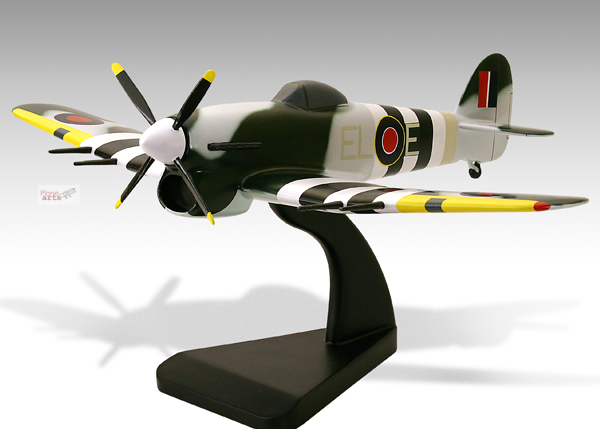
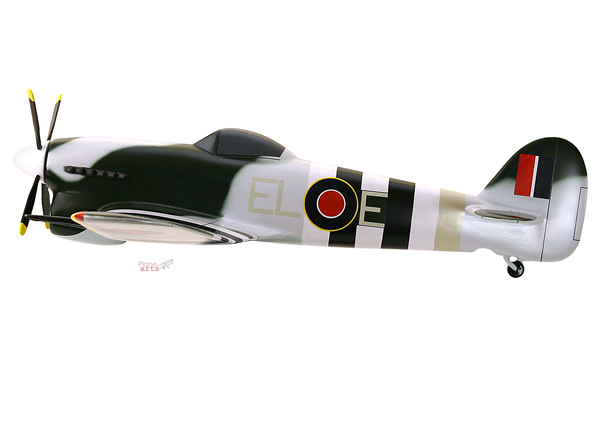
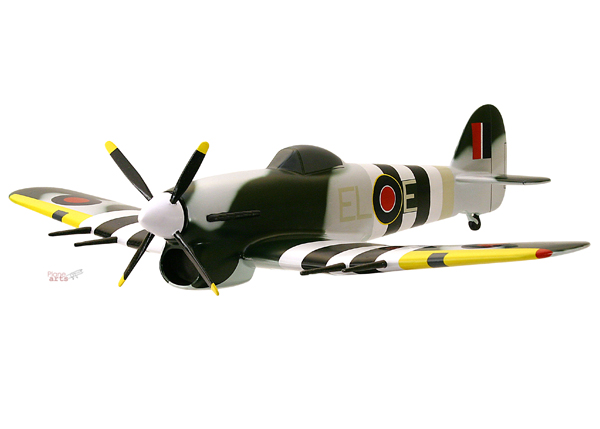
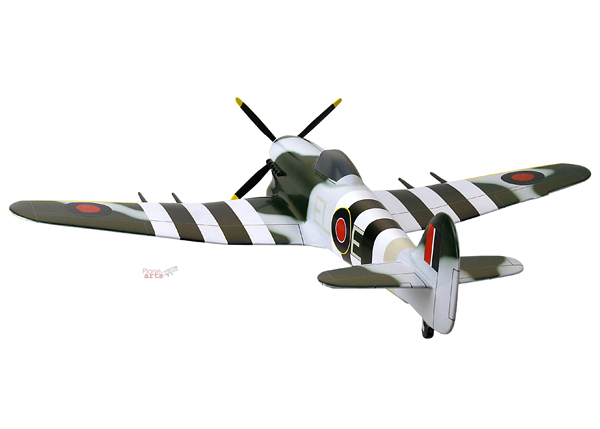

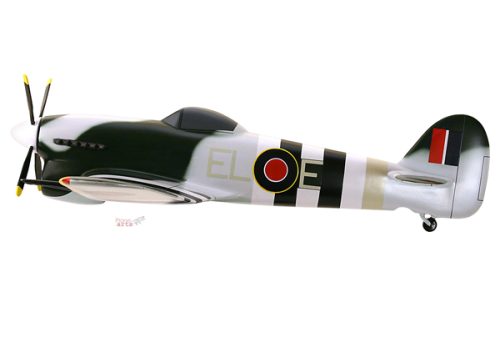
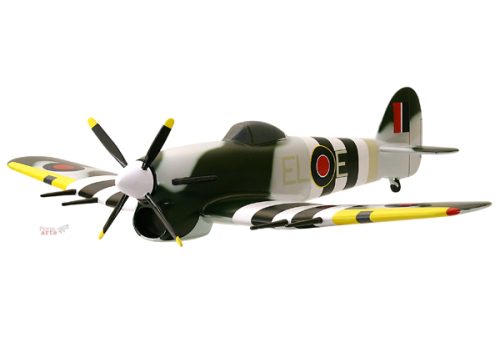
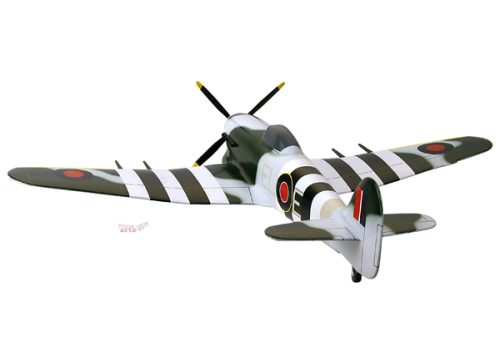
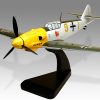
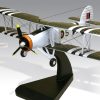
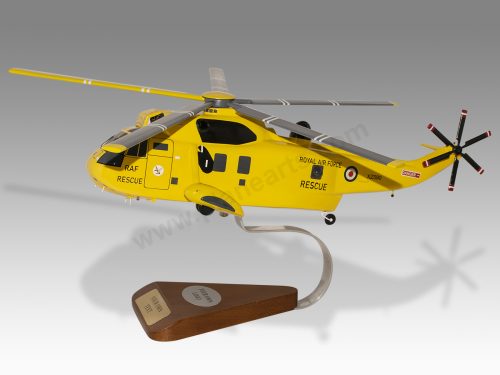
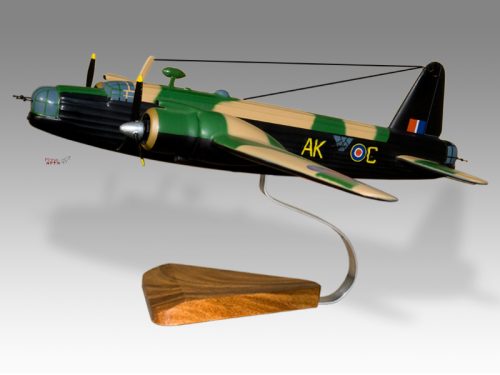

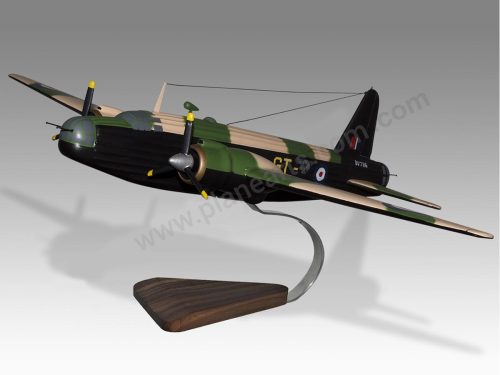

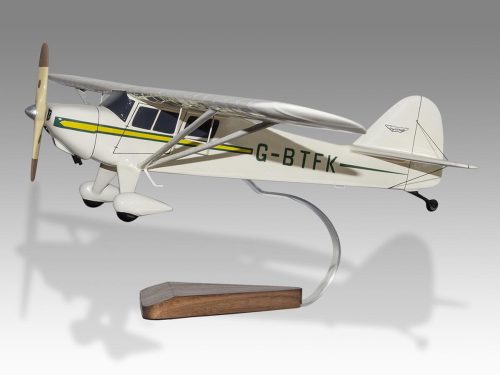
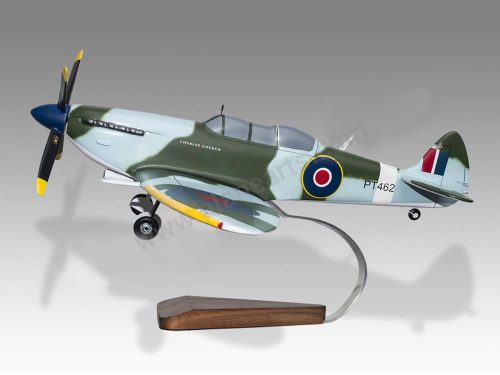
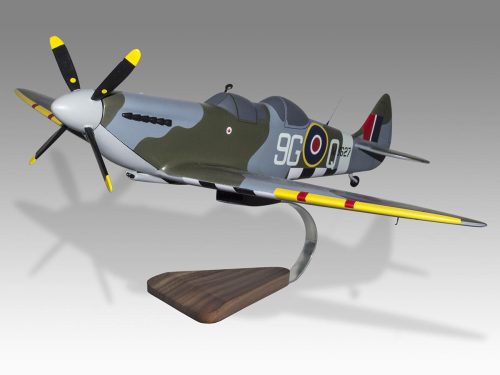
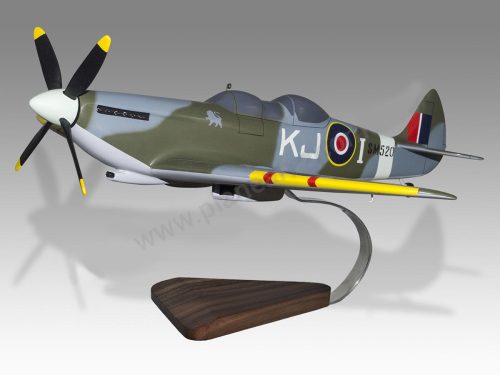
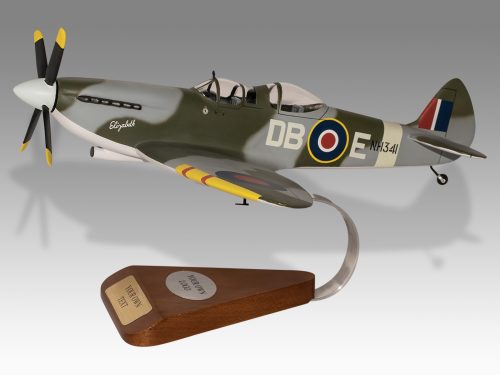
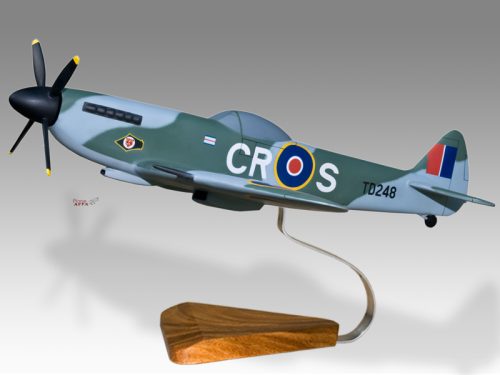
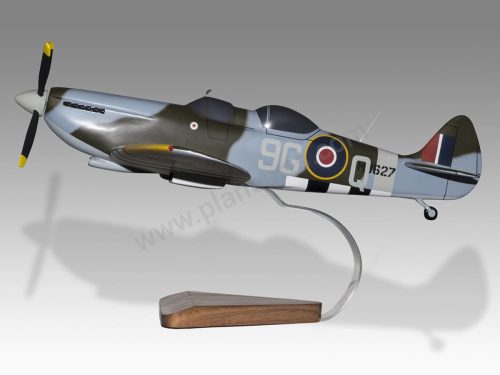
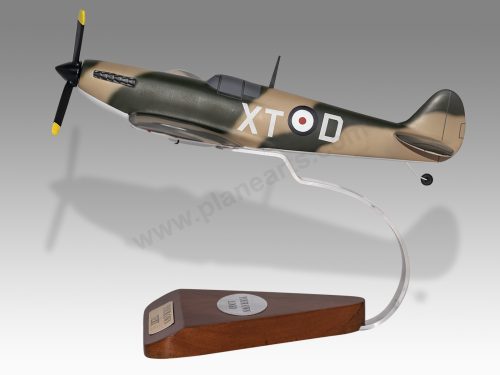
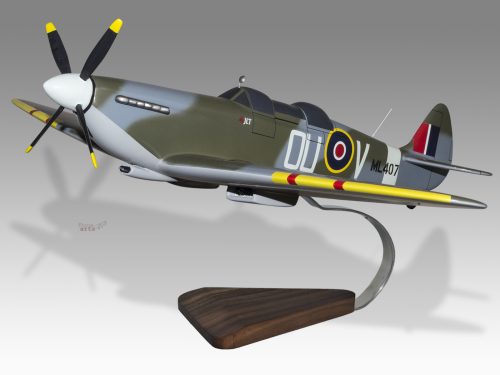




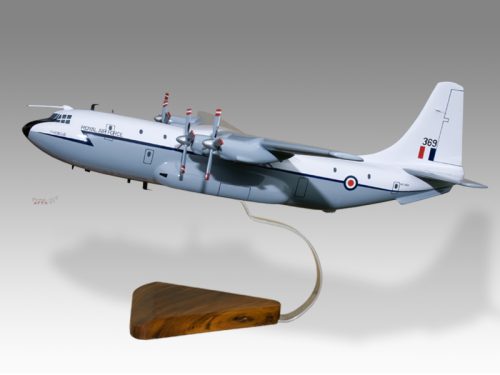

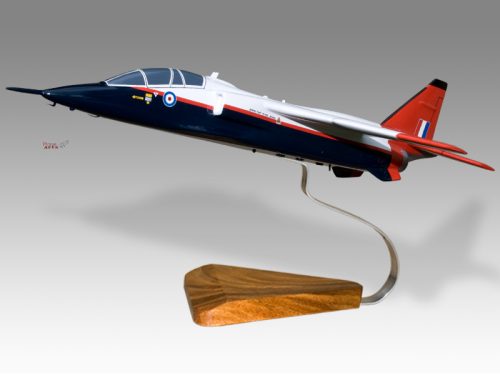
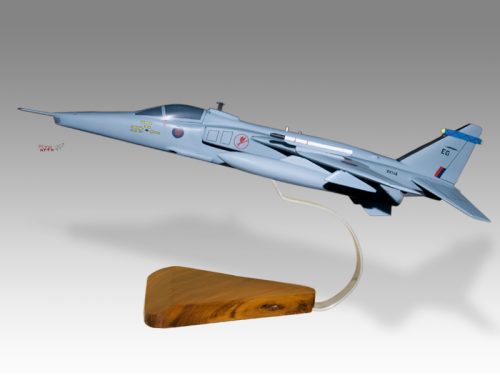
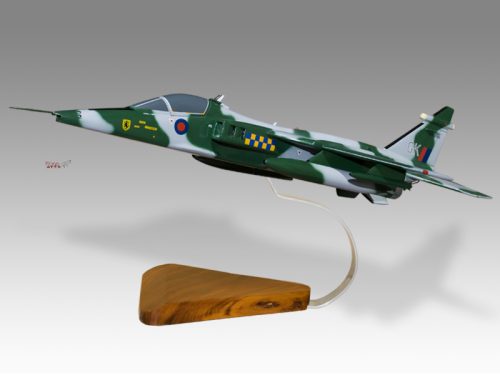
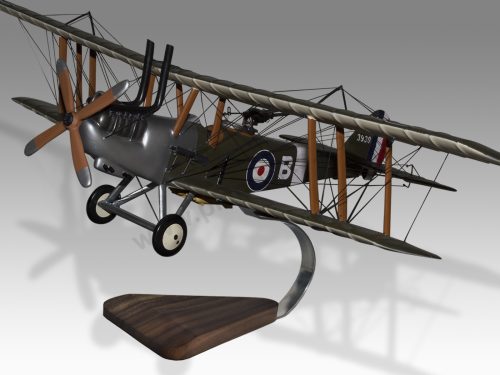
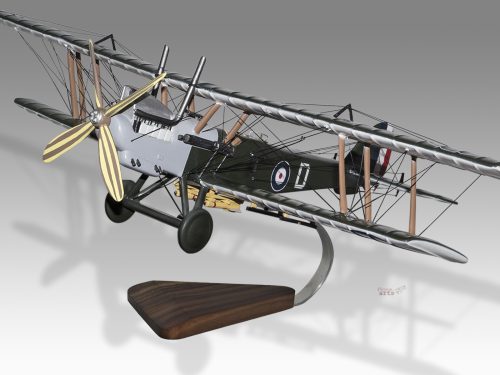
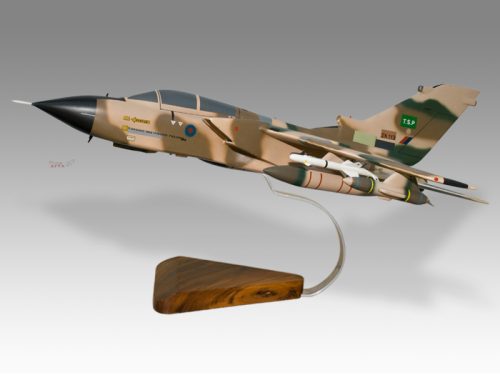
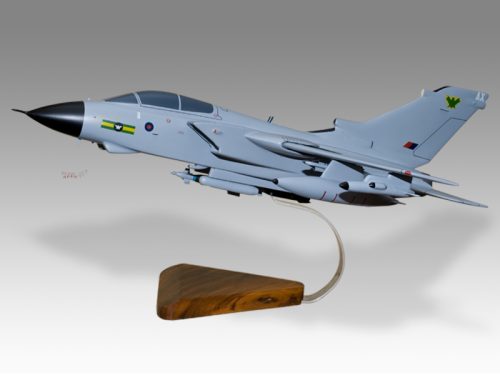
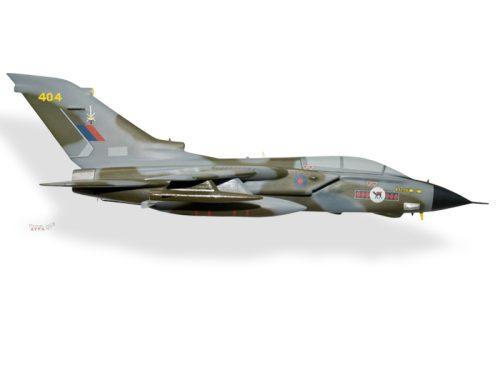
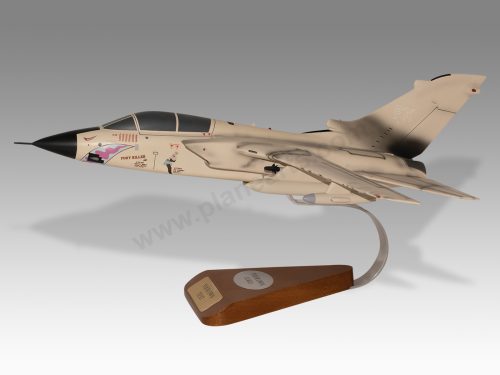
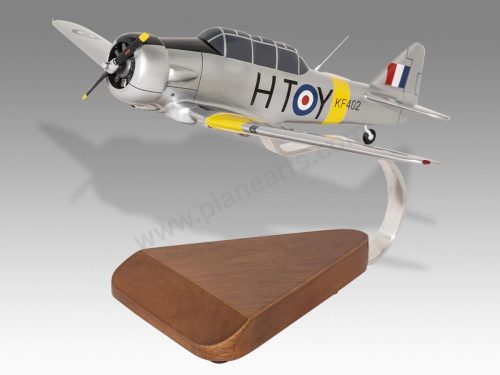

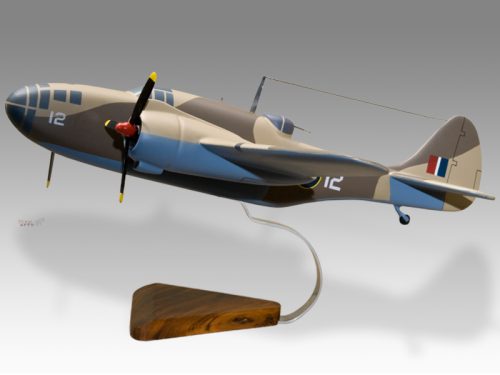
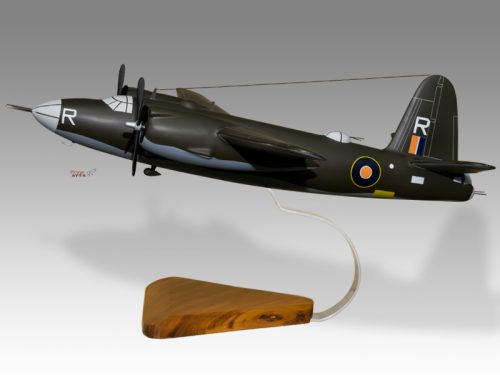

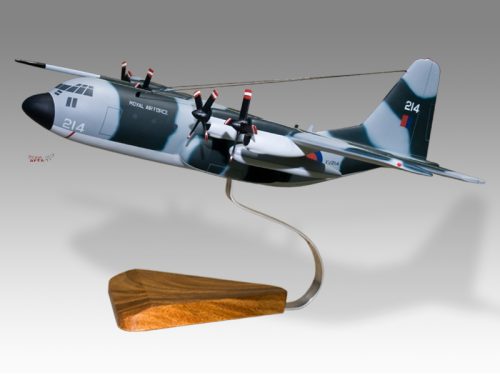



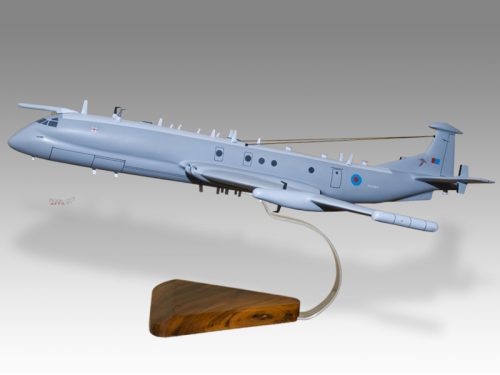
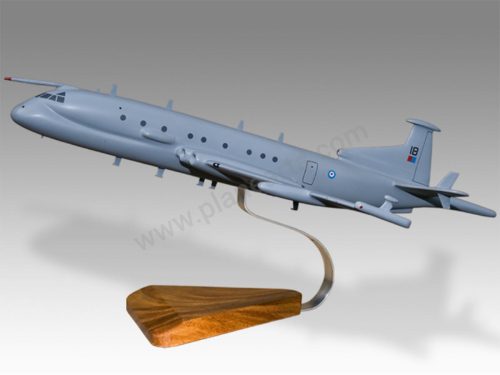


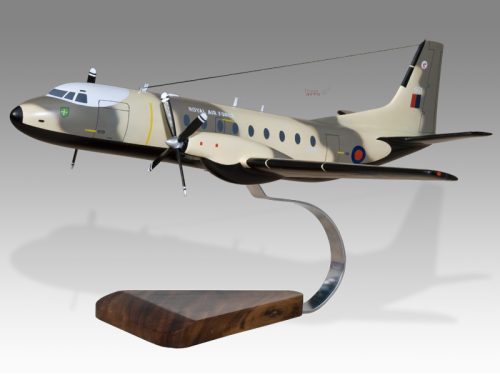


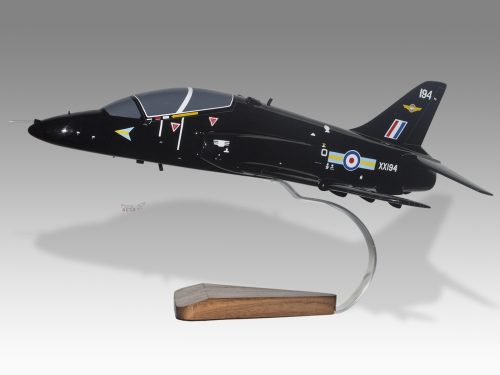
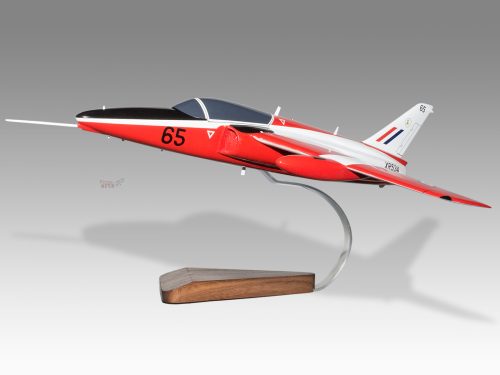
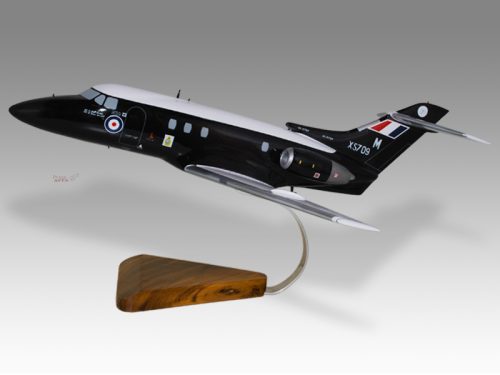
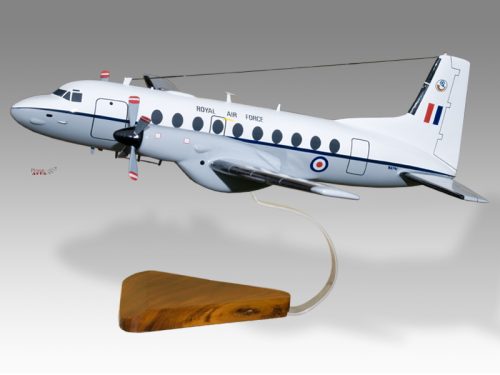
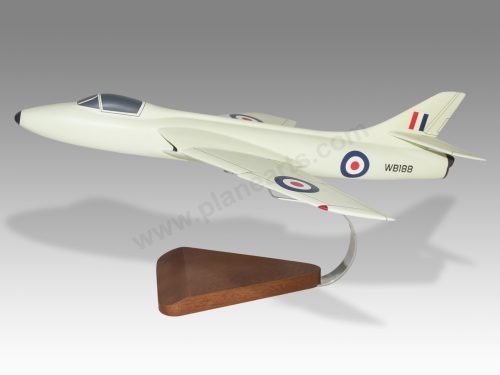
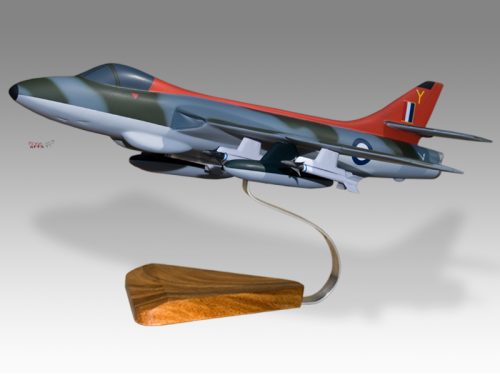

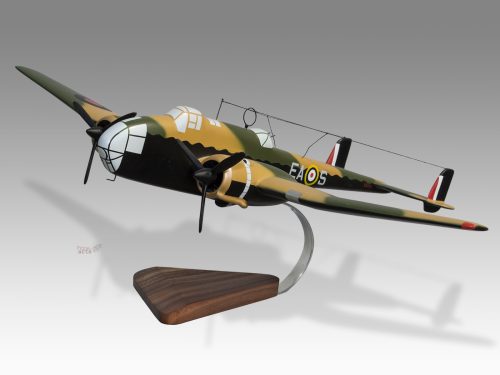

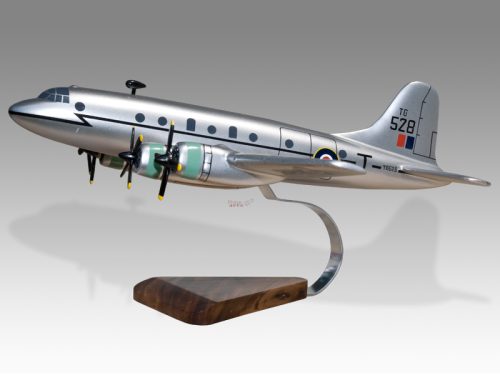
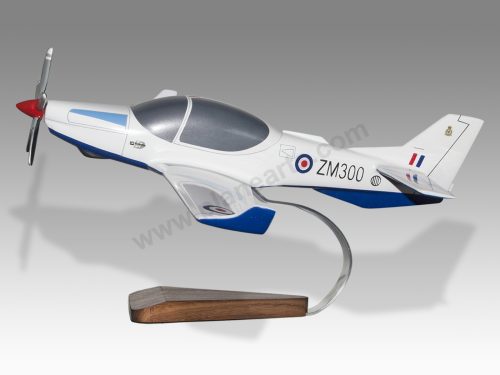

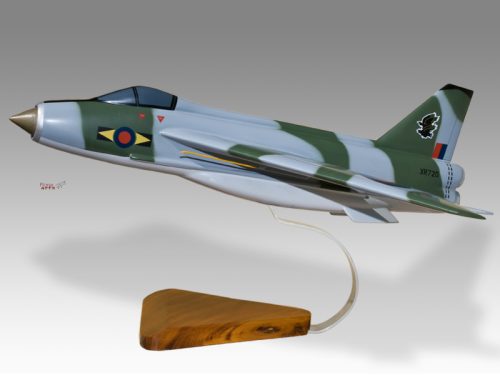


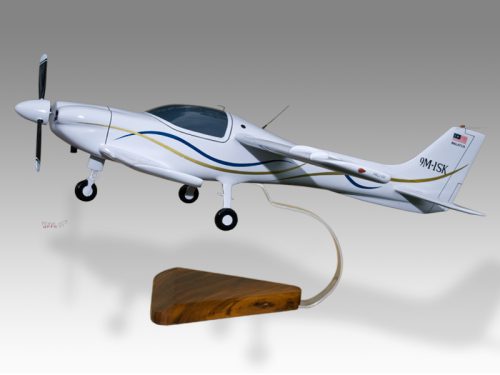
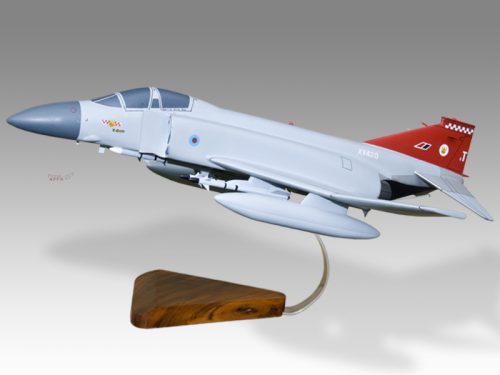
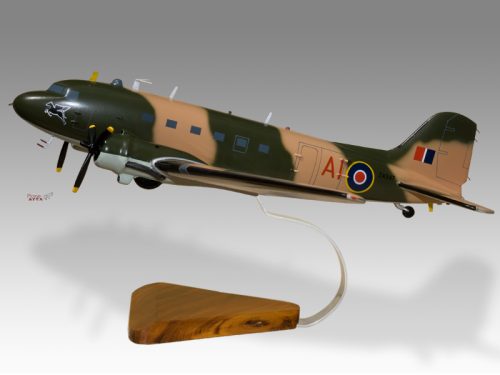

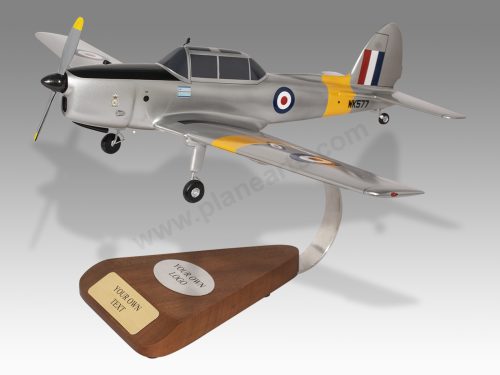
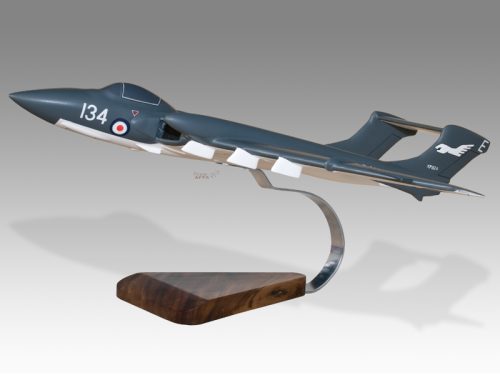
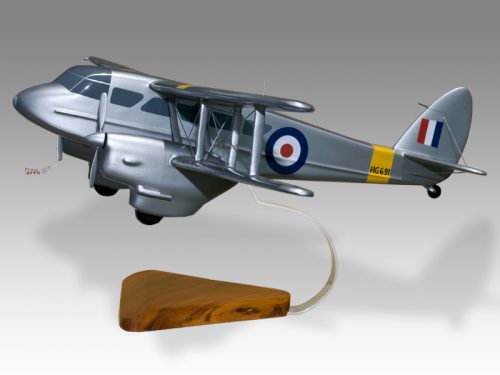
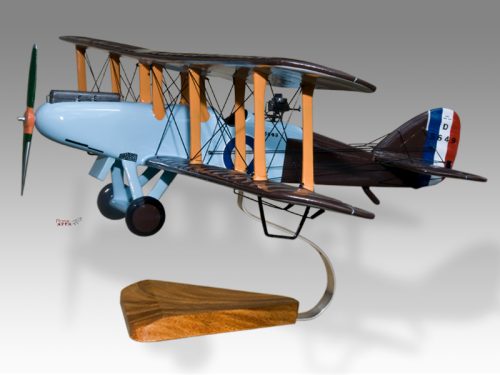
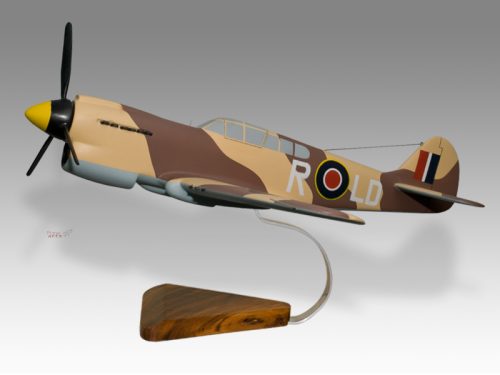

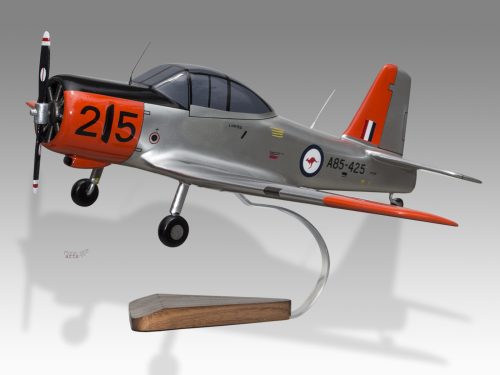

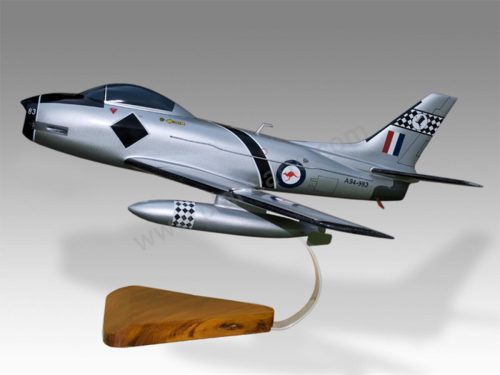
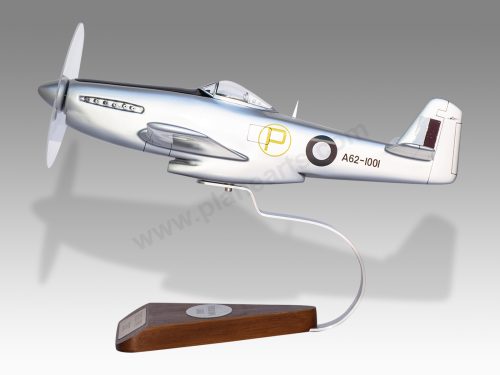
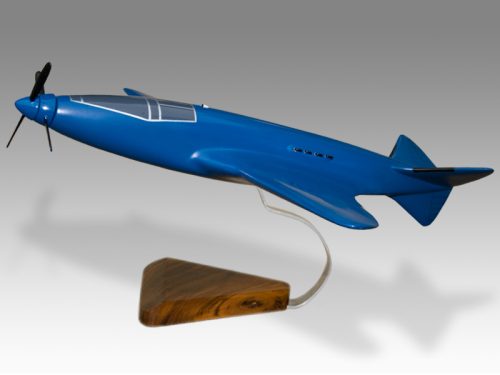
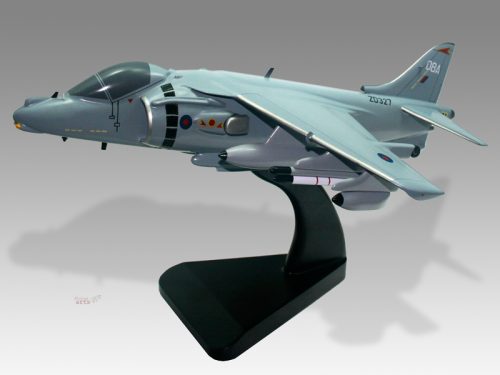
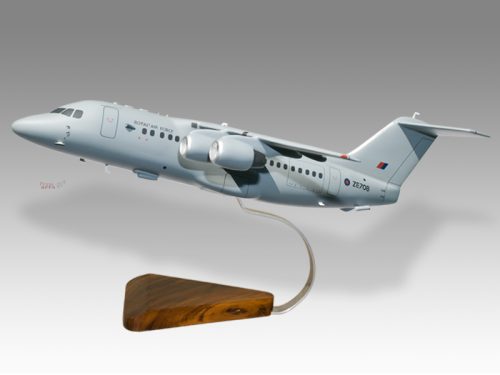

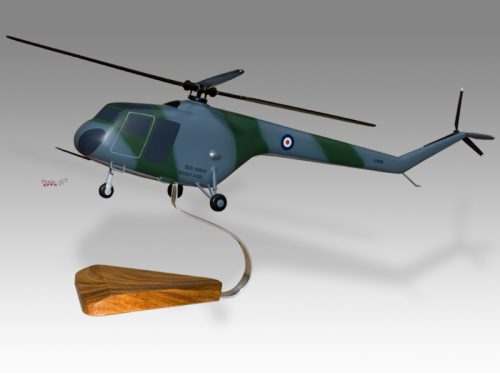
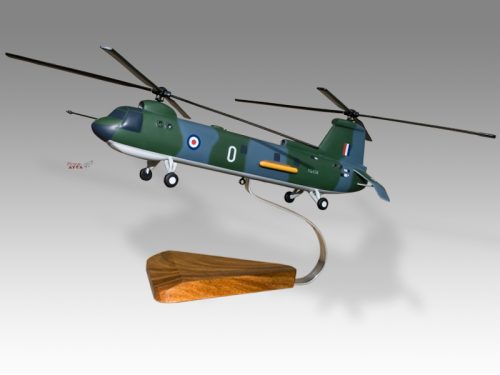

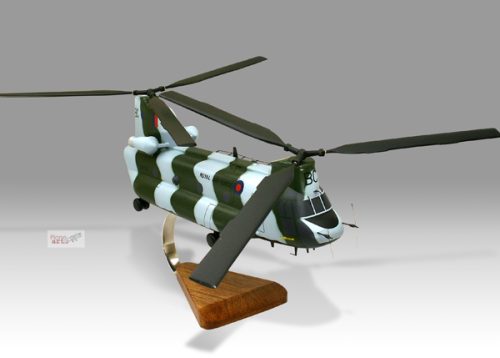
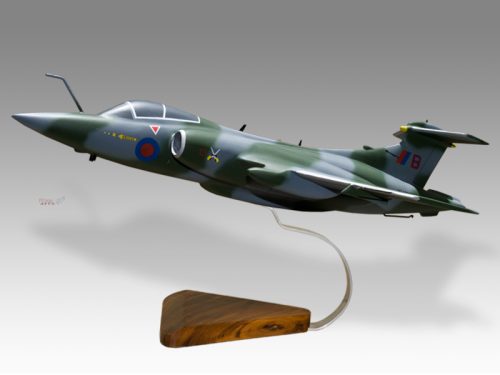
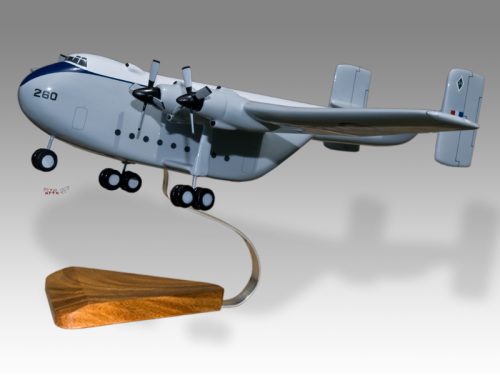
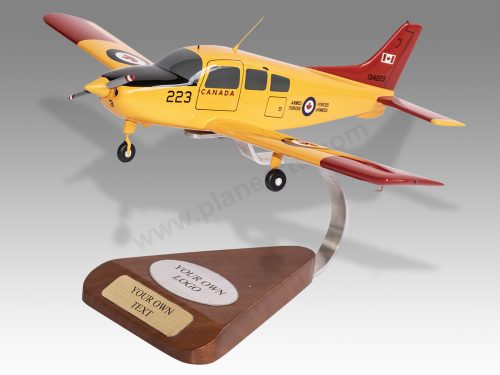

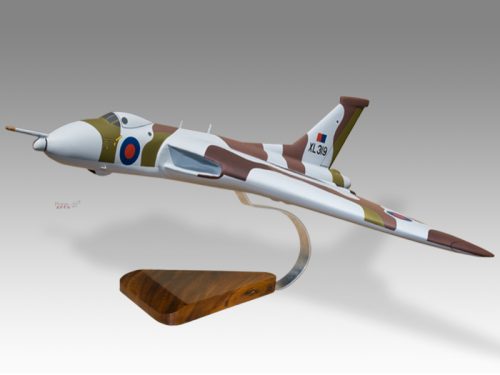
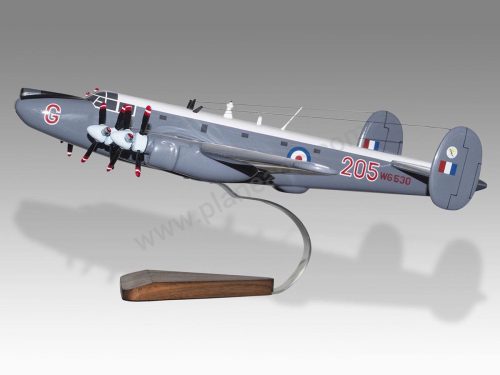

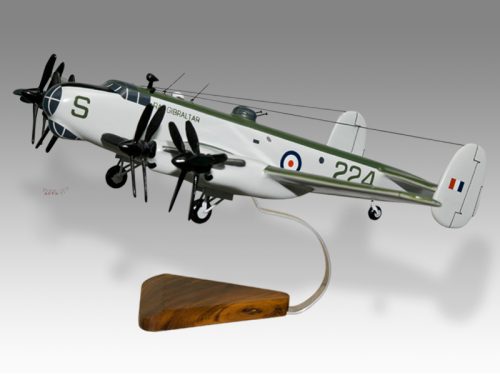
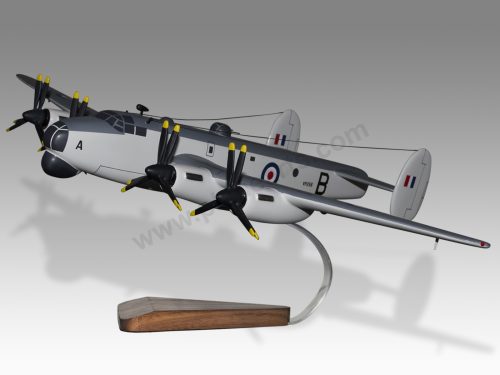
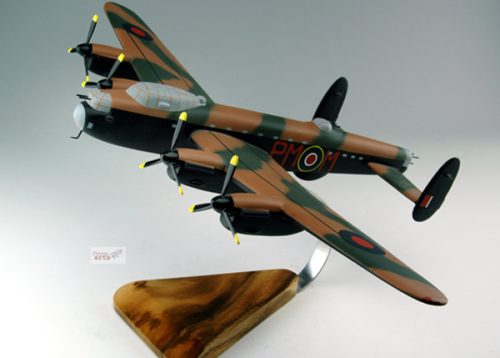
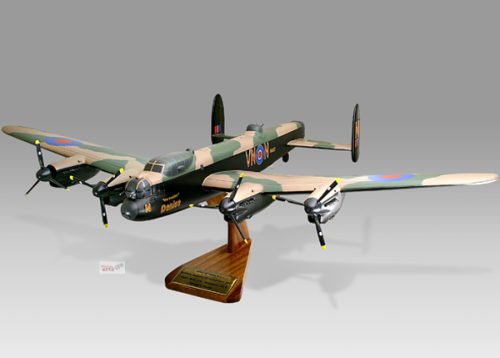
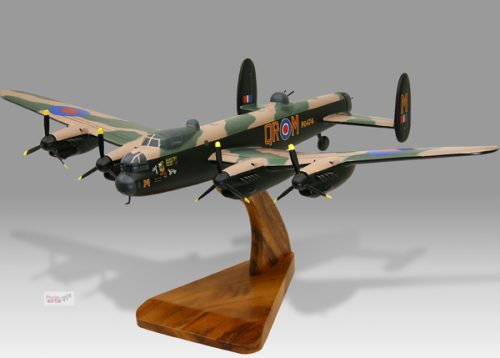


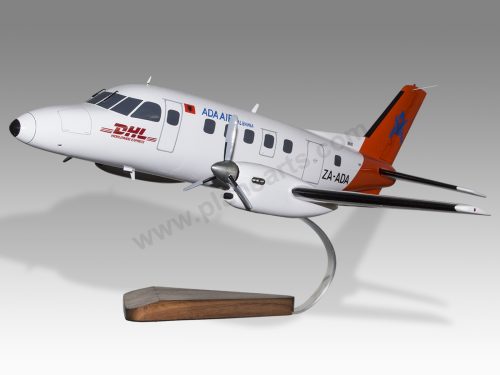

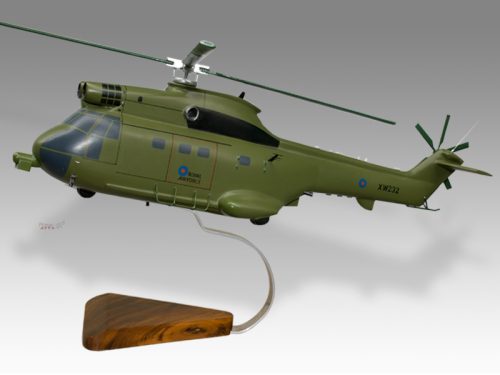

Reviews
There are no reviews yet.